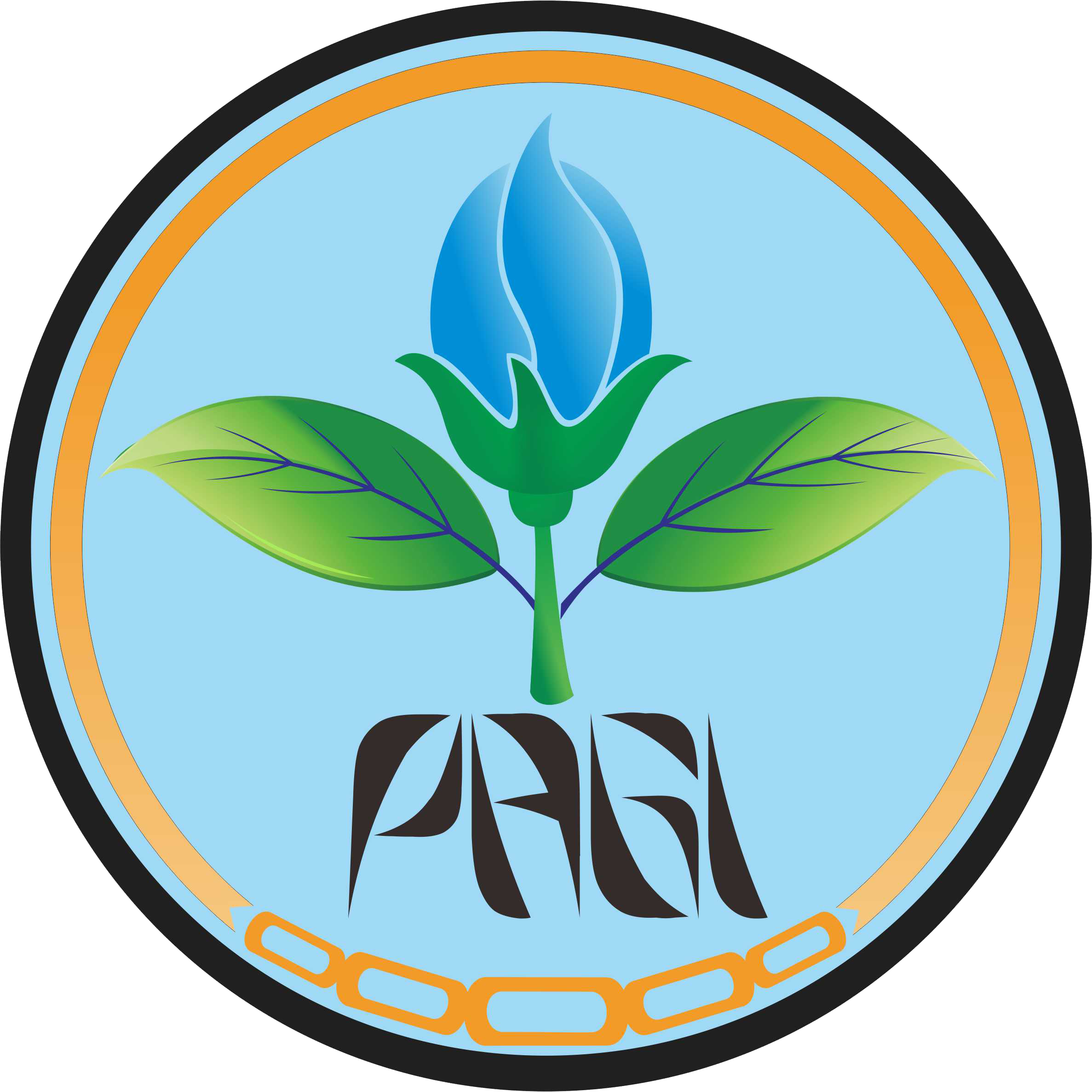Potensi Spons sebagai Media Alternatif Budidaya Sayuran dengan Sistem Hidroponik
Abstract
Keywords
Full Text:
PDF(ID)References
Aires A. 2018. Hydroponic production systems: impact on nutritional status and bioactive compounds of fresh vegetables. In: Asaduzzaman M, Asao T, editors. Vegetables: importance of quality vegetables to human health. London (UK): IntechOpen. p. 55-66.
Al-Raisy FS, Al-Said FA, Al-Rawahi MS, Khan IA, Al-Makhmari SM, Khan MM. 2010. Effects of column sizes and media on yield and fruit quality of strawberry under hydroponic vertical system. Eur J Sci Res. 43(1):48–60.
Anastasia I, Izzati M, Suedy SWA. 2014. Pengaruh pemberian kombinasi pupuk organik padat dan organik cair terhadap porositas tanah dan pertumbuhan tanaman bayam (Amarantus tricolor L.). J Akad Biol. 3(2):1–10.
Atif MJ, Jellani G, Malik MHA, Saleem N, Ullah H, Khan MZ, Ikram S. 2016. Different growth media effect the germination and growth of tomato seedlings. Sci Technol Dev. 35(3): 123-127.
Bachtiar S, Rijal M, Safitri D. 2017. Pengaruh komposisi media hidroponik terhadap pertumbuhan tanaman tomat. BIOSEL (Biology Sci Educ): J Penelit Sci Pendidik. 6(1):52–60.
Badan Pusat Statistik. 2015. Statistik Indonesia 2015. Subdirektorat Publikasi dan Kompilasi Statistik, Statistik Subdirektorat Indikator, editors. Jakarta: BPS - Statistics Indonesia. 670 p.
Bozkurt S, Mansuroğlu GS, Kara M. 2009. Responses of lettuce to irrigation levels and nitrogen forms. African J Agric Res. 4(11):1171–1177.
Dias JS. 2012. Nutritional Quality and Health Benefits of Vegetables: A Review. Food Nutr Sci. 03(10):1354–1374. http://dx.doi.org/10.4236/fns.2012.310179.
Ehret DL, Usher K, Helmer T, Block G, Steinke D, Frey B, Kuang T, Diarra M. 2013. Tomato fruit antioxidants in relation to salinity and greenhouse climate. J Agric Food Chem. 61(5):1138-1145. https://dx.doi.org/10.1021/jf304660d.
Gui X, Cao A, Wei J, Li H, Jia Y, Li Z, Fan L, Wang K, Zhu H, Wu D. 2010. Soft, highly conductive nanotube sponges and composites with controlled compressibility. ACS Nano. 4(4):2320–2326. https://dx.doi.org/10.1021/nn100114d.
Haghighi M, Barzegar MR, da Silva JAT. 2016. The effect of municipal solid waste compost, peat, perlite and vermicompost on tomato (Lycopersicum esculentum L.) growth and yield in a hydroponic system. Int J Recycl Org Waste Agric. 5(3):231–242. https://dx.doi.org/10.1007/s40093-016-0133-7.
Kusuma AH, Izzati, Saptiningsih E. 2013. Pengaruh penambahan arang dan abu sekam dengan proporsi yang berbeda terhadap permeabilitas dan porositas tanah liat serta pertumbuhan kacang hijau (Vigna radiata L.). Bul Anat Fisiol. 21(1):1-9.
Manchali S, Chidambara Murthy KN, Patil BS. 2012. Crucial facts about health benefits of popular cruciferous vegetables. J Funct Foods. 4(1):94–106. https://dx.doi.org/10.1016/j.jff.2011.08.004.
Mulyani A, Kuntjoro D, Nursyamsi D, Agus F. 2016. Konversi lahan sawah indonesia sebagai ancaman terhadap ketahanan pangan. J Tanah Iklim. 40(2):121–133.
Mustofa AI, Purnomo D, Sakya AT. 2018. Pertumbuhan dan hasil kubis bunga pada sistem hidroponik substrat dengan media bagase. Agrotechnology Res J. 2(1):6–10. https://dx.doi.org/10.20961/agrotechresj.v2i1.17342.
Nguyen NT, McInturf SA, Mendoza-Cózatl DG. 2016. Hydroponics: A versatile system to study nutrient allocation and plant responses to nutrient availability and exposure to toxic elements. J Vis Exp.(113):1–9. https://doi.org/10.3791/54317.
Nugraheni FT, Haryanti S, Prihastanti E. 2019. Pengaruh perbedaan kedalaman tanam dan volume air terhadap perkecambahan dan pertumbuhan benih sorgum (Sorghum bicolor (L.) Moench). Bul Anat Fisiol. 3(2):223–232.
Perwitasari B, Tripatmasari M, Wasonowati C. 2012. Pengaruh media tanam dan nutrisi terhadap pertumbuhan dan hasil tanaman pakchoi (Brassica juncea L.) dengan sistem hidroponik. Agrovigor J Agroekoteknologi. 5(1):14–25.
Radhakrishnan G, Upadhyay TK, Singh P, Sharma SK. 2019. Impact of hydroponics: present and future perspective for farmer’s welfare. Suresh Gyan Vihar Univ Int J Environ Sci Technol. 5(2):19-26.
Ramya V, Patel P. 2019. Health benefits of vegetables. IJCS. 7(2):82–87.
Roidah IS. 2014. Pemanfaatan lahan dengan menggunakan sistem hidroponik. J Univ Tulungagung Bonorowo. 1(2):43–50.
Sardoei AS, Shahdadneghad M. 2015.Effect of different growing media on the growth and development of Zinnia (Zinnia elegans) under the agro-climatic condition of Jiroft. Res J Environ Sci. 9(6):302-306.
Sikora E, Bodziarczyk I. 2012. Composition and antioxidant activity of kale (Brassica oleracea L. var. acephala) raw and cooked. Acta Sci Pol Technol Aliment. 11(3):239–248. http://www.ncbi.nlm.nih.gov/pubmed/22744944.
Suryani L, Susila Putra ET, Dianawati M. 2017. Pengaruh komposisi media tanam hidroponik agregat terhadap produksi benih G0 tiga kultivar kentang (Solanum tuberosum L.). Vegetalika. 6(2):1–3. https://doi.org/10.22146/veg.26166.
Taofik A, Frasetya B, Nugraha R, Sudrajat A. 2019. The effects of subtrat composition on the growth of Brassica oleraceae Var. Achepala with drip hydroponic. J Phys Conf Ser. 1402(3):033031. https://doi.org/10.1088/1742-6596/1402/3/033031.
Titouna D, Bougoul S. 2013. Resolution of the richards equation for the water transport in a growing substrate. Energy Procedia. 36:915–922. https://doi.org/10.1016/j.egypro.2013.07.105.
Umar KJ, Hassan LG, Dangoggo, SM, Ladan MJ. 2007. Nutritional composition of water spinach (Ipomoea aquatica Forsk.) Leaves. J Appl Sci. 7(6):803–809. https://doi.org/10.3923/jas.2007.803.809.
Wahome PK, Oseni TO, Masarirambi MT, Shongwe VD. 2011. Effects of different hydroponics systems and growing media on the vegetative growth, yield and cut flower quality of gypsophila (Gypsophila paniculata L.). World J Agric Sci. 7(6):692–698.
Wallace TC, Bailey RL, Blumberg JB, Burton-Freeman B, Chen CO, Crowe-White KM, Drewnowski A, Hooshmand S, Johnson E, Lewis R, Murray R, Shapses SA, Wang DD. 2020. Fruits, vegetables, and health: A comprehensive narrative, umbrella review of the science and recommendations for enhanced public policy to improve intake. Crit Rev Food Sci Nutr. 60(13):2174–2211. https://doi.org/10.1080/10408398.2019.1632258.
Wasonowati C. 2011. Meningkatkan pertumbuhan tanaman tomat (Lycopersicon esculentum) dengan sistem budidaya hidroponik. Agrovigor J Agroekoteknologi. 4(1):21–27.
Wijaya KA, Soeparjono S. 2014. Efek suplai nitrogen terhadap kadar gula nira tebu varietas bululawang. AGRITOP. 12(2):109–112.
Yang U-J, Ko S, Shim S-M. 2014. Vitamin C from standardized water spinach extract on inhibition of cytotoxicity and oxidative stress induced by heavy metals in HepG2 cells. J Korean Soc Appl Biol Chem. 57(2):161–166. https://doi.org/10.1007/s13765-013-4187-1.
Zuyasna Z, Zaitun Z, Alfina S. 2009. Pertumbuhan dan hasil tiga varietas mentimun (Cucumis sativus L.) pada medium hidroponik tertentu. J Agrista. 13(3):104–112.
Refbacks
- There are currently no refbacks.






